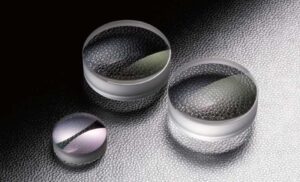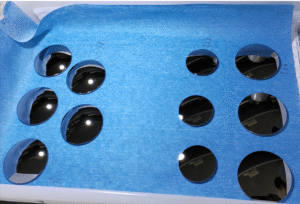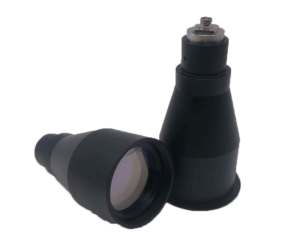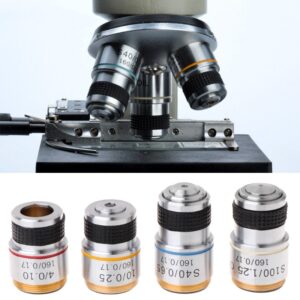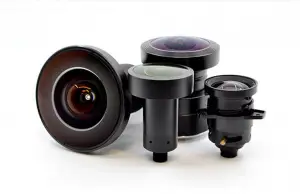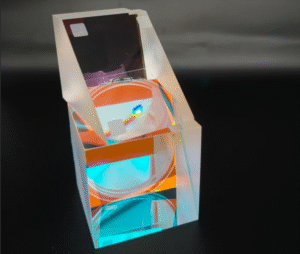Introduction to Optical Microscopy
Microscopy is the foundation of modern science, enabling researchers to visualize structures invisible to the naked eye. At the core of any microscope lies the objective lens—the most critical optical component responsible for image quality, magnification, and resolution. Understanding microscope objective lenses is essential for anyone working in life sciences, materials research, or industrial inspection.
At Bote, we design and manufacture high-quality optical lenses and provide customized microscope objective solutions for specialized applications.

What Is an Objective Lens on a Microscope?
The objective lens is the lens closest to the specimen. It gathers light from the sample, forms an image, and works in combination with the eyepiece or camera to provide total magnification.
Objective microscope definition: An objective lens is a precision optical element in a compound microscope that determines magnification, resolution, and contrast.
Microscope objective lens function:
- Collects light and forms a real, magnified image.
- Defines resolution and numerical aperture (NA).
- Impacts color correction and flatness of field.
- Works with eyepieces to achieve compound magnification.
Types of Objective Lenses
Objective lenses vary in design, magnification, and purpose.
- Low Power Objective (4x–10x):
- Wide field of view, low magnification.
- Ideal for scanning and orientation.
- Medium Power Objective Lens (20x):
- Balance between detail and field size.
- Commonly used for tissue sections or material surfaces.
- High Power Objectives (40x–60x):
- Higher magnification for detailed cell structures.
- Oil Immersion Objectives (100x):
- Use immersion oil to increase NA and resolution.
- Essential for microbiology and fine structure imaging.At Bote Optical, we provide cost-effective, customized beamsplitter solutions. Contact us for a quotation tailored to your specifications.👉 For a full list of materials and coatings, see our Custom Infrared Optics page.

Microscope Objective Lens Magnification
The magnification power is engraved on each objective and often color-coded.
Compound microscope objective lens magnification:
- 4x (red) → Low power scanning
- 10x (yellow) → Standard low power
- 20x (green/blue) → Medium power
- 40x (light blue) → High power
- 100x (white) → Oil immersion
Example: A 20x microscope objective combined with a 10x eyepiece produces 200x total magnification.
Microscope Objective Lens Colors and Names
Most objectives follow the RMS color coding system for quick identification:
- Red: 4x low power
- Yellow: 10x
- Green/Blue: 20x–40x medium power
- White: 100x oil immersion
Microscope objective lens names may also indicate corrections:
- Achromat: Basic correction for two colors.
- Plan Achromat: Flat-field correction.
- Apochromat: Advanced color correction.
- Plan Fluor: High NA with flat-field correction.
Microscope Lens Diagram & Labeling
A typical microscope objective lens diagram includes:
- Front lens (closest to specimen)
- Back focal plane (key for imaging systems and Fourier optics)
- Housing with magnification label & color code
- Thread for attachment

Back Focal Plane of Objective Lens
The back focal plane (BFP) is critical in advanced microscopy techniques:
- Used in Fourier optics, confocal microscopy, and phase contrast.
- Determines how light is focused and where spatial filters can be applied.
- Essential for custom optical system design.
At Bote, our engineers can optimize the BFP position to meet custom research or industrial needs.
Microscope Classification by Objectives
Microscopes are classified based on the type of objective lens they use:
- Compound Microscopes: Multiple objectives with turret rotation.
- Stereo Microscopes: Low magnification, wide field.
- Inverted Microscopes: Objectives below the stage.
- Specialty Microscopes: Confocal, fluorescence, IR, or UV optimized objectives.

Objective Lens Scope in Modern Applications
Microscope objectives are not limited to biology. They are used in:
- Life Sciences: Cells, tissues, bacteria.
- Materials Science: Metals, ceramics, composites.
- Semiconductors: Wafer and MEMS inspection.
- Infrared & UV Systems: Specialized lenses for non-visible wavelengths.
Microscope Objective Lens Price
Prices vary based on design and correction level:
| Type of Objective | Typical Magnification | Features | Price Range (USD) |
|---|---|---|---|
| Achromat | 4x–40x | Basic correction | $50–$200 |
| Plan Achromat | 4x–100x | Flat-field | $200–$500 |
| Apochromat | 10x–100x | High NA, color correction | $800–$3000 |
| Custom Objectives (Bote) | Any | Tailored to wavelength & application | On Request |
For custom microscope objectives, request a quote directly at Bote.

FAQ: Microscope Objective Lenses
Q1: What is the function of objectives in a microscope?
They magnify, define resolution, and control image quality.
Q2: What are the types of objective lenses?
Low power, medium power, high power, and oil immersion, each color-coded.
Q3: Why are microscope objective lenses color-coded?
To quickly identify magnification levels.
Q4: Can I use the same objective lens for IR or UV microscopy?
Not always. Specialized coatings and materials are required. Bote provides custom IR/UV objectives.
Q5: How do I choose the right microscope objective lens?
Consider magnification, NA, correction level, and application (biological vs. industrial).
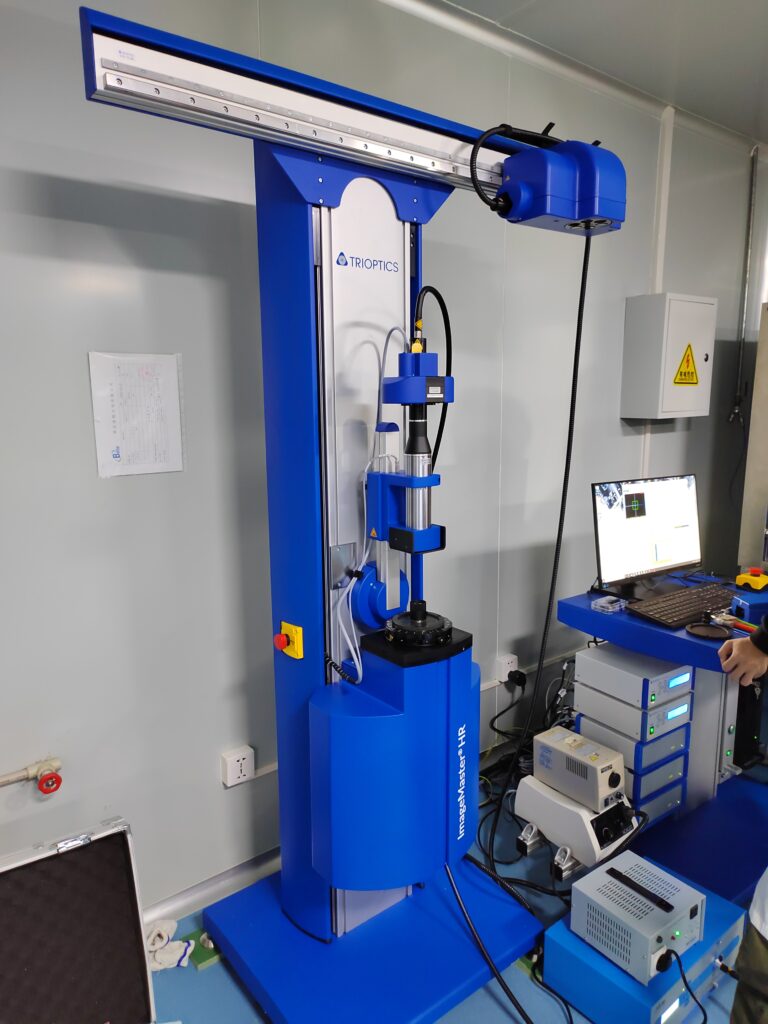
Conclusion
The microscope objective lens is the heart of any optical microscope. From low-power scanning to high-resolution imaging, objectives define what you can see and analyze. Understanding their types, magnifications, and functions helps scientists and engineers select the right tools for their work.
At Bote, we specialize in custom optical components and objective lenses tailored to unique applications, from life sciences to infrared imaging. Contact us to discuss your requirements.
Related Reads:
- What Is Interferometry?
- High-Precision IR Filters | Custom Infrared Bandpass Filters for Optical Systems
- Spherical vs Aspherical: Optical Design Tips
Boost your optics performance with custom aspheric lenses—engineered for precision, designed for excellence.

